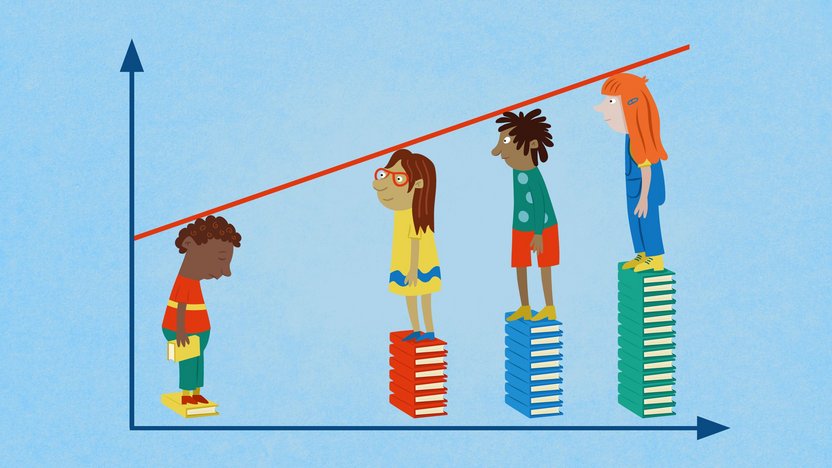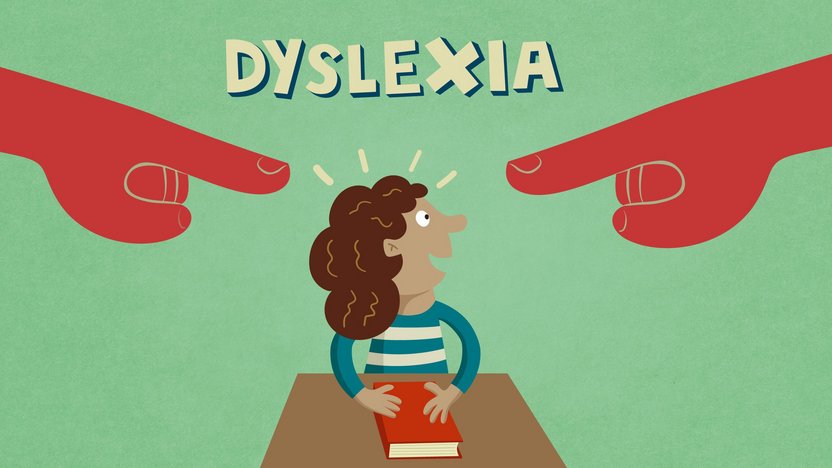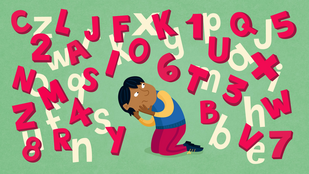What is Early Intervention?
"Most children who become poor readers experience early and continuing difficulties...one of the most compelling findings from recent research was that children who get off to a poor start in reading rarely catch up."
Dr. Joseph K Torgesen – Catch them before they fall (1).

Dr. Torgesen was one of many researchers who discovered that early intervention prevents reading difficulties from worsening.
'Early' means the first two years of school.
'Intervention' means systematic, structured and explicit teaching that is targeted at the individual needs of a child.
The best chance dyslexic children have for success in school is to be identified as soon as they start, and immediately start getting support.
The research found that most children identified as falling behind, who receive intensive help by age 6, will go on to become good at reading
The age children receive intervention affects how quickly they can catch up and how long it takes for them to reach a good reading level.
90% will become good readers if they get help at age 6.
75% of children whose help is delayed to age nine or later continue to struggle throughout their school careers (2).
If help is delayed until age 9, rather than age 6, it takes four times as long to improve the same skills by the same amount.

5 facts about early intervention
1. Screen all children aged 5-6 to identify the children most at risk.
Torgesen recommends a test of letter names or sounds and a measure of phonemic awareness. The professional judgement of an educator is also an important factor. An experienced teacher may intuitively know which children are not developing as quickly as the others in the class.
2. Target areas of specific weakness.
Structured, systematic and explicit instruction is critical. Children need to be directly taught the skill and receive sufficient opportunities to practice it. Some of the things these children will require:
Blending skills
Letter sound correspondences
Phonemic awareness
Early phonics rules
Use strategies to learn irregular 'Tricky' words
3. Whole language and balanced literacy methods are not appropriate or effective for early intervention.
4. Don't delay.
Research shows that most children who fall behind in Kindergarten Year 1, never catch up. Using the 'Lets wait and see approach' causes them to fall further behind and often leads to damaged self-esteem.
5. Even with early intervention there will be around 5% of children with profound dyslexia who require intensive support throughout school.
“95% of poor readers can be brought up to grade level if they receive effective help early.”
- The National Institute of Health

